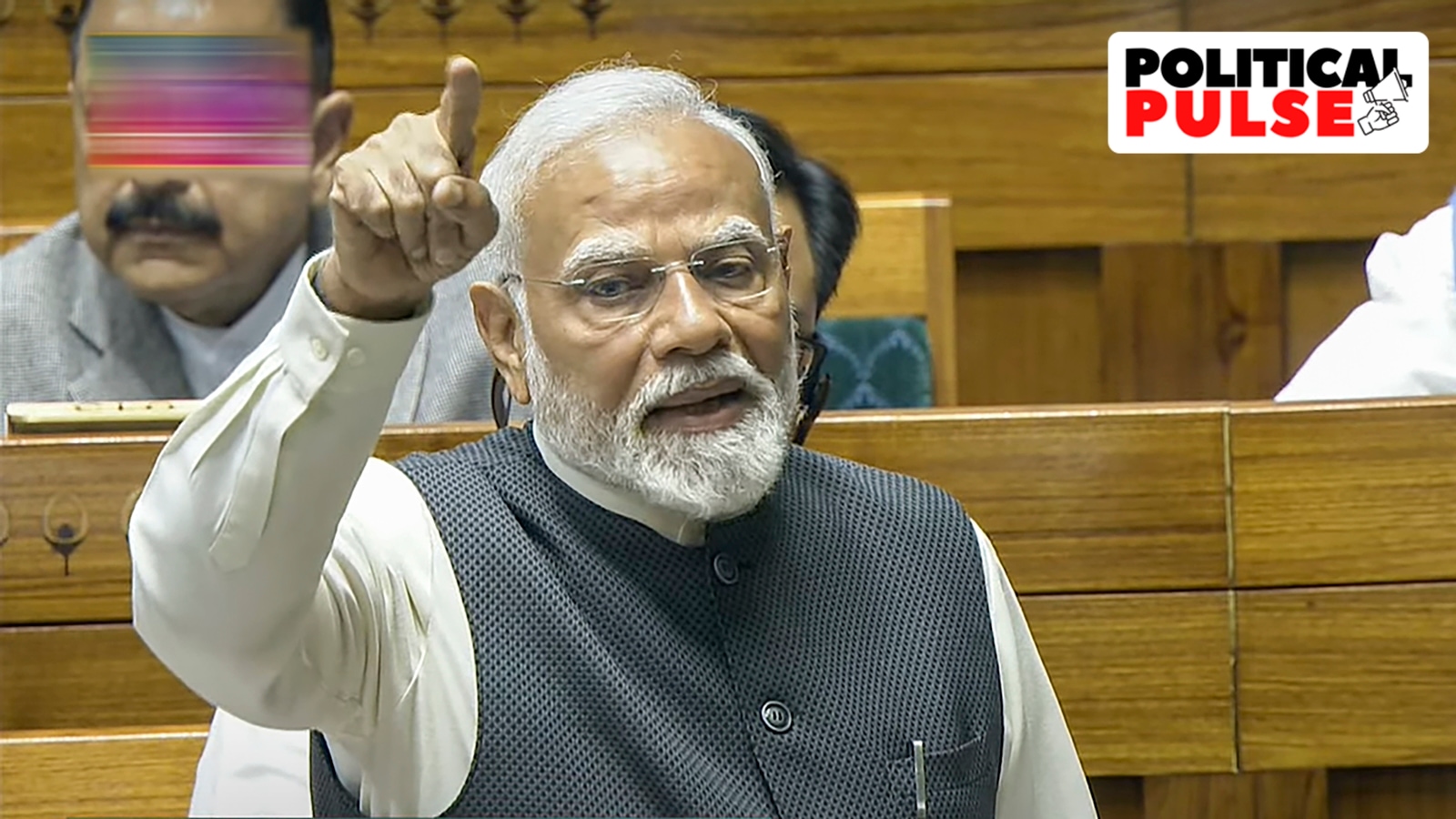 |
|
Prime Minister Narendra Modi's recent Lok Sabha address served as a robust defense against Opposition accusations of undermining the Constitution, while simultaneously launching pointed attacks against key political rivals Rahul Gandhi and Arvind Kejriwal. Modi's nearly two-hour speech, a response to the Motion of Thanks on the President's Address, strategically focused on highlighting his government's commitment to constitutional principles, directly countering the narrative perpetuated by the Opposition. He emphasized the government's proactive inclusion of the Leader of the Opposition (LoP) in various processes, even in the absence of a formally recognized opposition, underscoring his dedication to democratic norms. This action, he argued, is a testament to the government's adherence to the spirit of the Constitution, directly contrasting with claims of undermining democratic institutions.
A significant portion of Modi's speech was dedicated to refuting statements made by Rahul Gandhi, the Lok Sabha Leader of the Opposition. Gandhi's earlier remarks expressing a lack of faith in the Chief Election Commissioner (CEC) selection process, particularly concerning the removal of the Chief Justice from the selection committee, were met with a strong rebuttal from Modi. Modi framed Gandhi's concerns as a misunderstanding or a deliberate misrepresentation of the government's actions. Furthermore, Modi directly addressed Gandhi's controversial statement that the Congress party was battling the BJP, the RSS, and the Indian state itself, labeling such rhetoric as the language of 'Urban Naxals' and indicative of a lack of understanding of the Constitution and national unity. The Prime Minister also countered Gandhi's dismissal of the President's address as 'boring', suggesting that those who prioritize photo opportunities in the slums of the poor would naturally find discussions of poverty in Parliament unengaging.
Beyond Rahul Gandhi, Modi's speech also included sharp criticisms, though without explicitly naming him, of Arvind Kejriwal and the Aam Aadmi Party (AAP). Modi used the example of the Direct Benefit Transfer (DBT) scheme, highlighting its success in plugging leakages and saving substantial funds, contrasting it with the alleged lavish spending on the renovation of the Delhi Chief Minister's residence, often referred to as the 'Sheesh Mahal' (Palace of Mirrors). This served as a veiled attack on Kejriwal's administration and its spending priorities. The Prime Minister also criticized the AAP's failure to implement the Ayushman Bharat health insurance scheme in Delhi, suggesting it was motivated by selfish political reasons, further emphasizing the contrast between his government's focus on national development and the AAP's perceived prioritization of narrow political gains. The upcoming Delhi elections were clearly a subtext in these criticisms, with Modi highlighting his government's job creation initiatives in Haryana as a counterpoint to the AAP's alleged unfulfilled election promises, referring to the AAP as a detrimental force for the youth of the country.
Modi also directly addressed the Congress party's push for a caste census and its broader social justice agenda. He accused the Congress of hypocrisy, pointing out their alleged inaction for decades in granting constitutional body status to the backward classes commission. He further questioned the Congress' commitment to social justice by drawing a pointed comparison to the current presence of three members of the Nehru-Gandhi family in Parliament, suggesting a stark contrast between their rhetoric and their actual actions. This served as a counter-narrative to the Congress's claims of championing the interests of marginalized communities. Overall, Modi’s speech aimed to consolidate his government's image as a champion of constitutional values while directly confronting the criticisms and narratives put forth by the Opposition, strategically targeting key political figures and their parties' policy stances.
Source: Rahul Gandhi, Arvind Kejriwal in PM line of fire: Key takeaways from Modi’s Lok Sabha speech
